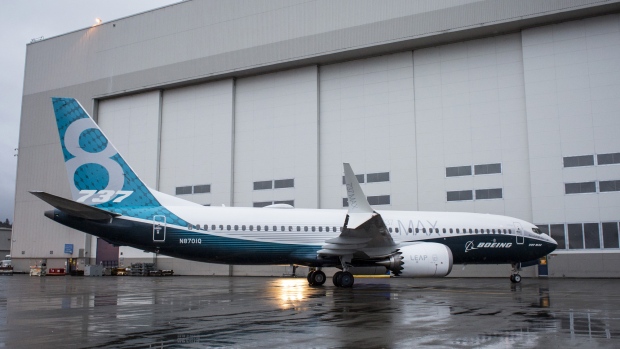Oct 29, 2018
Boeing plane that crashed in Indonesia was most recent 737 model
, Bloomberg News

The plane that crashed into the waters off Indonesia’s capital was the most recent model in Boeing Co.’s storied 737 family, the company’s best-selling plane and a workhorse for the growing ranks of budget airlines.
Lion Air took delivery of that 737 Max in August, and according to Indonesia’s National Transportation Safety Committee, had clocked 800 hours of flight time before Monday’s accident.
An order backlog of over 4,000 for the 737 Max family shows the popularity of the latest version of the single-aisle jet with airlines. The model, which the Chicago-based plane maker says offers better fuel savings, range and reliability over earlier versions, has gained customers in Asia where several dozen low-cost carriers have emerged over the last decade. Currently, four versions of the Max family are being offered.
The Max family can seat as many as 230 passengers and fly as far as 6,110 kilometers, according to Boeing’s website. The planes use the LEAP-1B engines from CFM International, a joint venture of General Electric Co. and Safran SA. Among the model’s biggest customers in the region are Lion Air, India’s SpiceJet Ltd. and China Southern Airlines Co.
Boeing’s 737 planes have had 208 hull losses since 1970, according to the Aviation Safety Network database maintained by the Flight Safety Foundation. The aircraft competes with Airbus SE’s A320neo family of jets in the narrow-body segment. The first Max plane was delivered to Lion Air’s unit Malindo Airways in May 2017.
While the cause of the crash isn’t clear, Boeing said in a statement Monday that it is ready to provide technical assistance to the crash investigators. Lion Air, the carrier that lost the plane with 189 people on board, was among Indonesian airlines that were on the European Union’s list of banned operators from 2007 through 2016, according to the database.
--With assistance from Julie Johnsson.